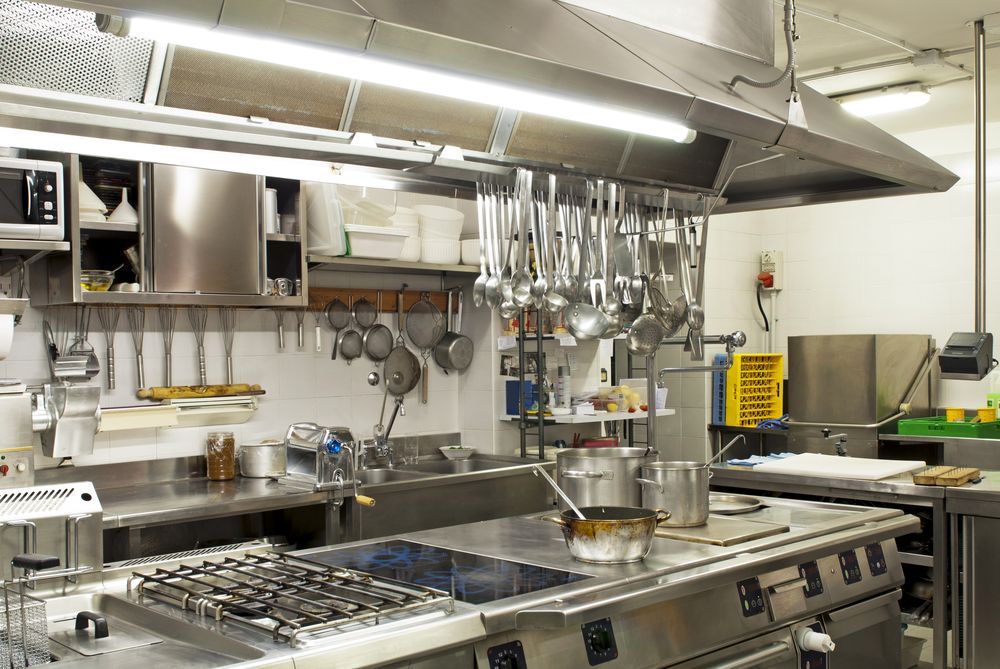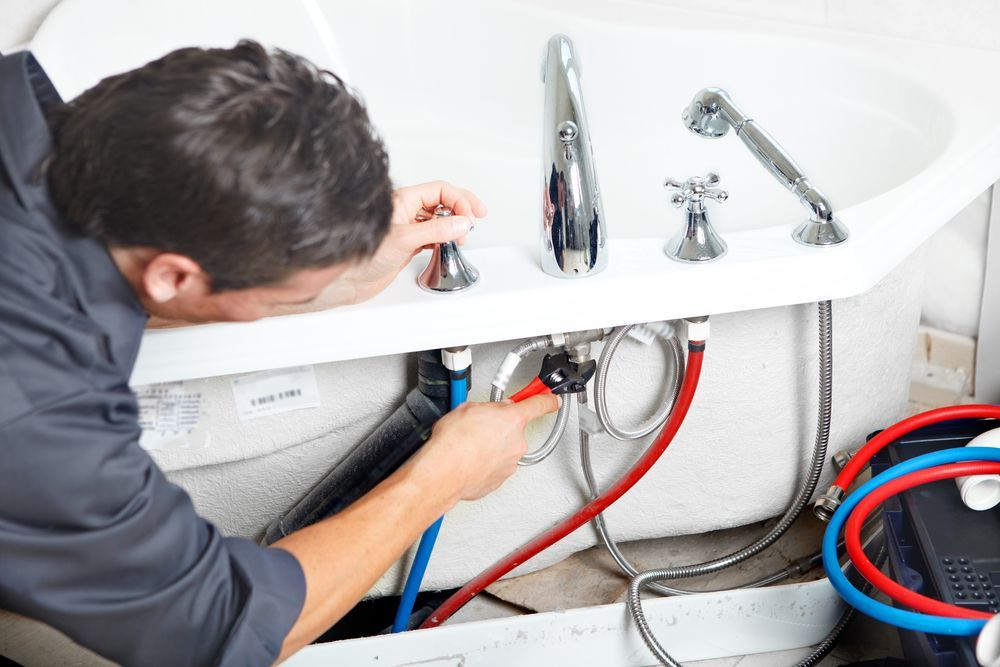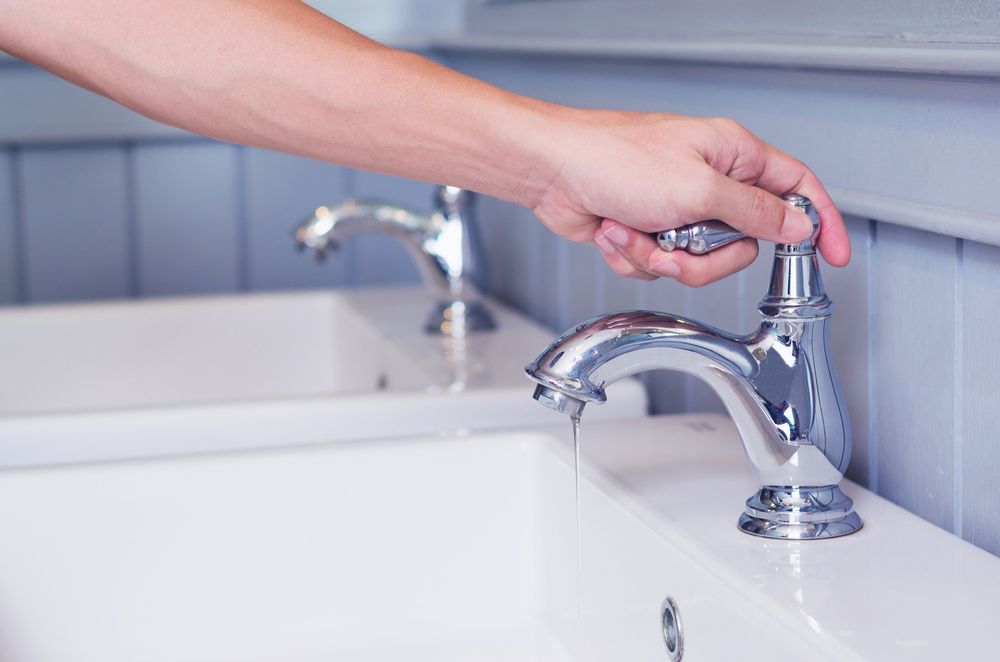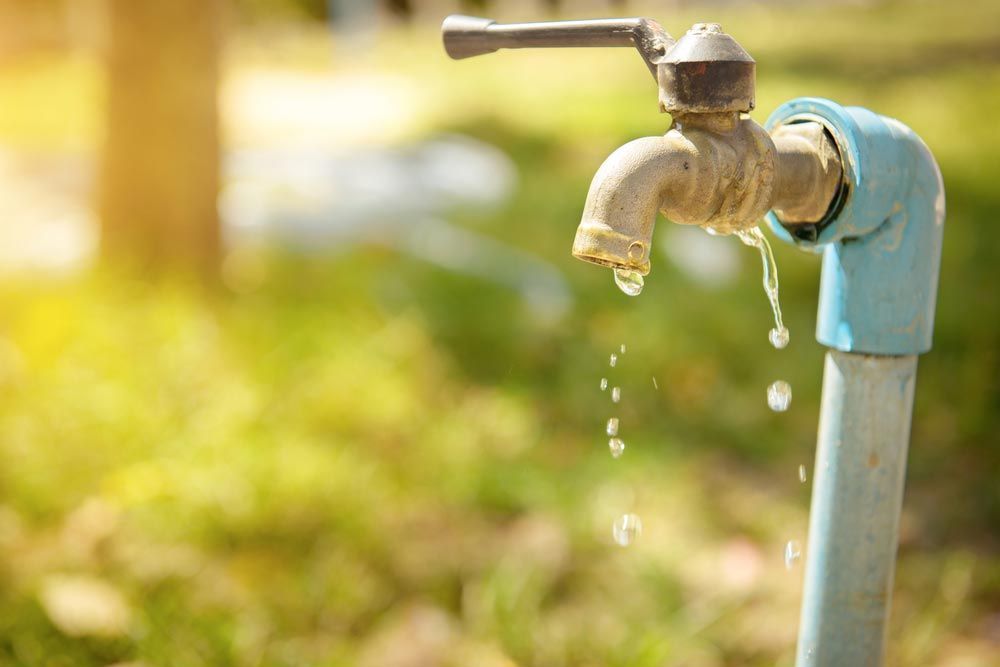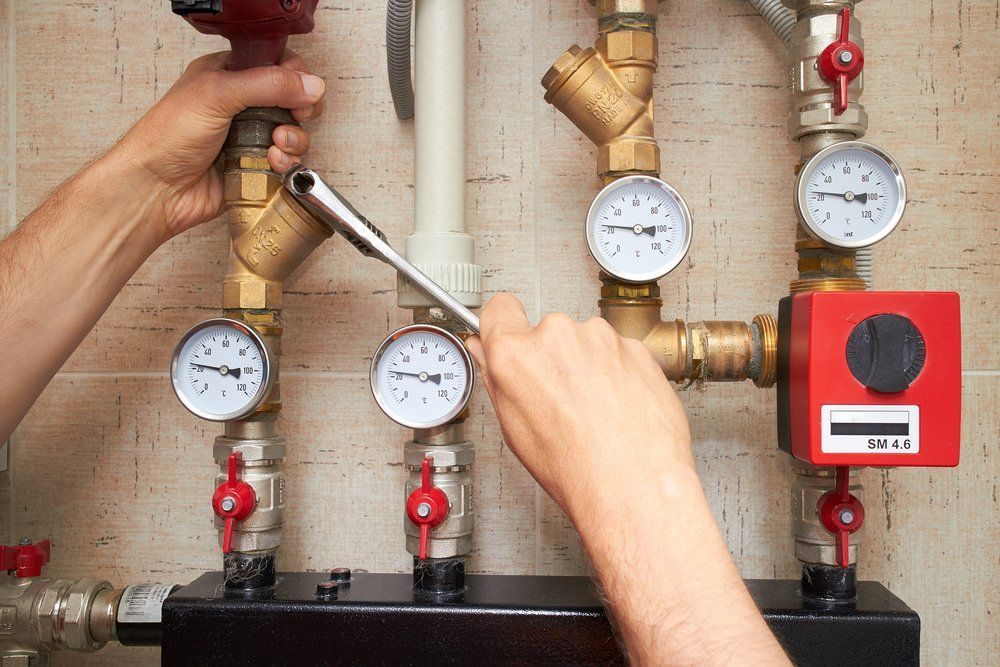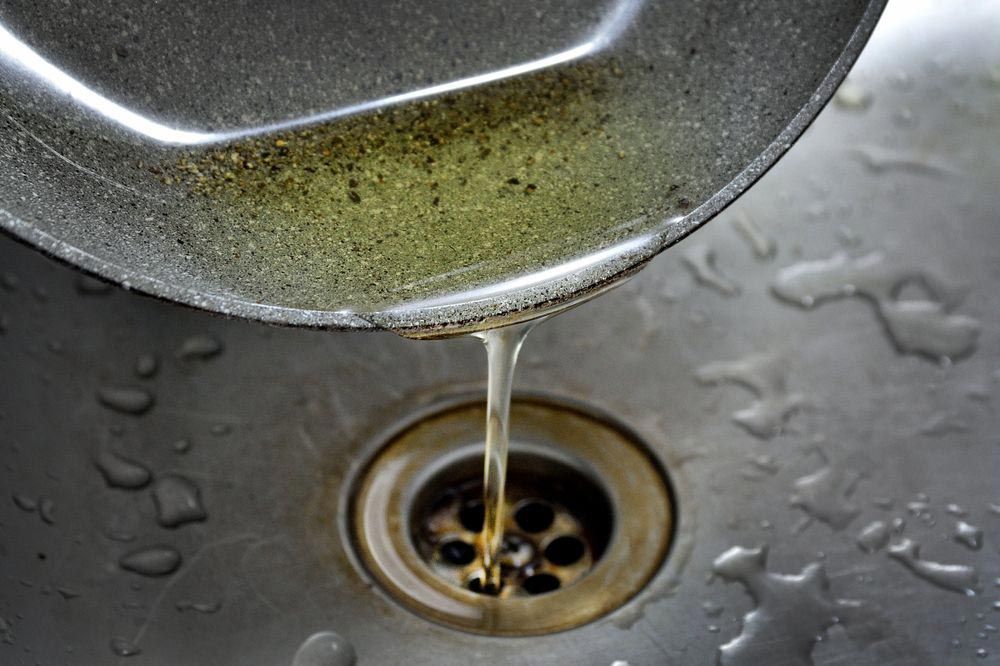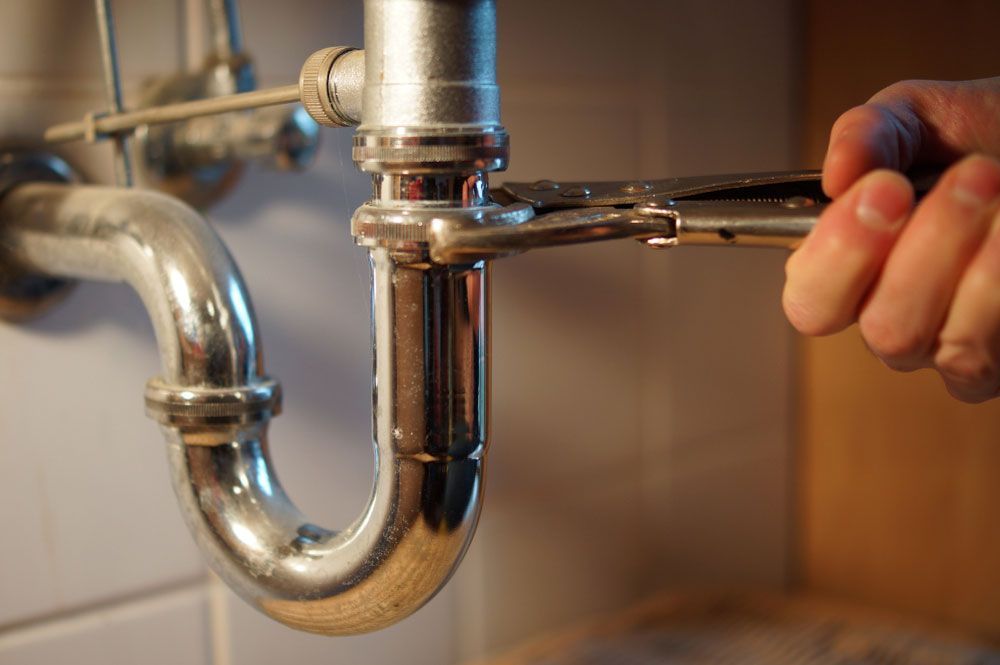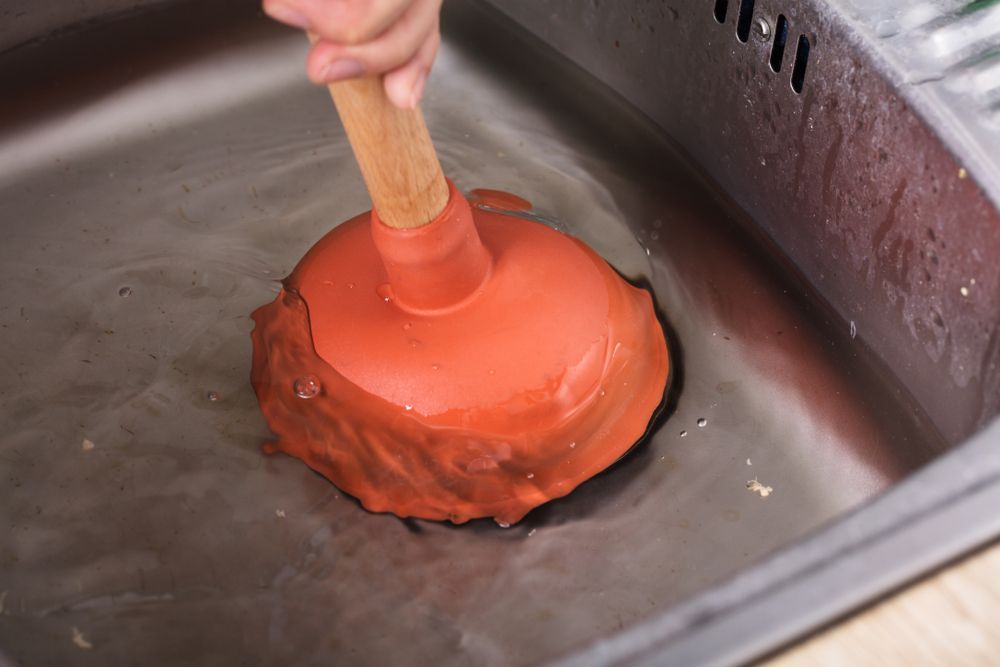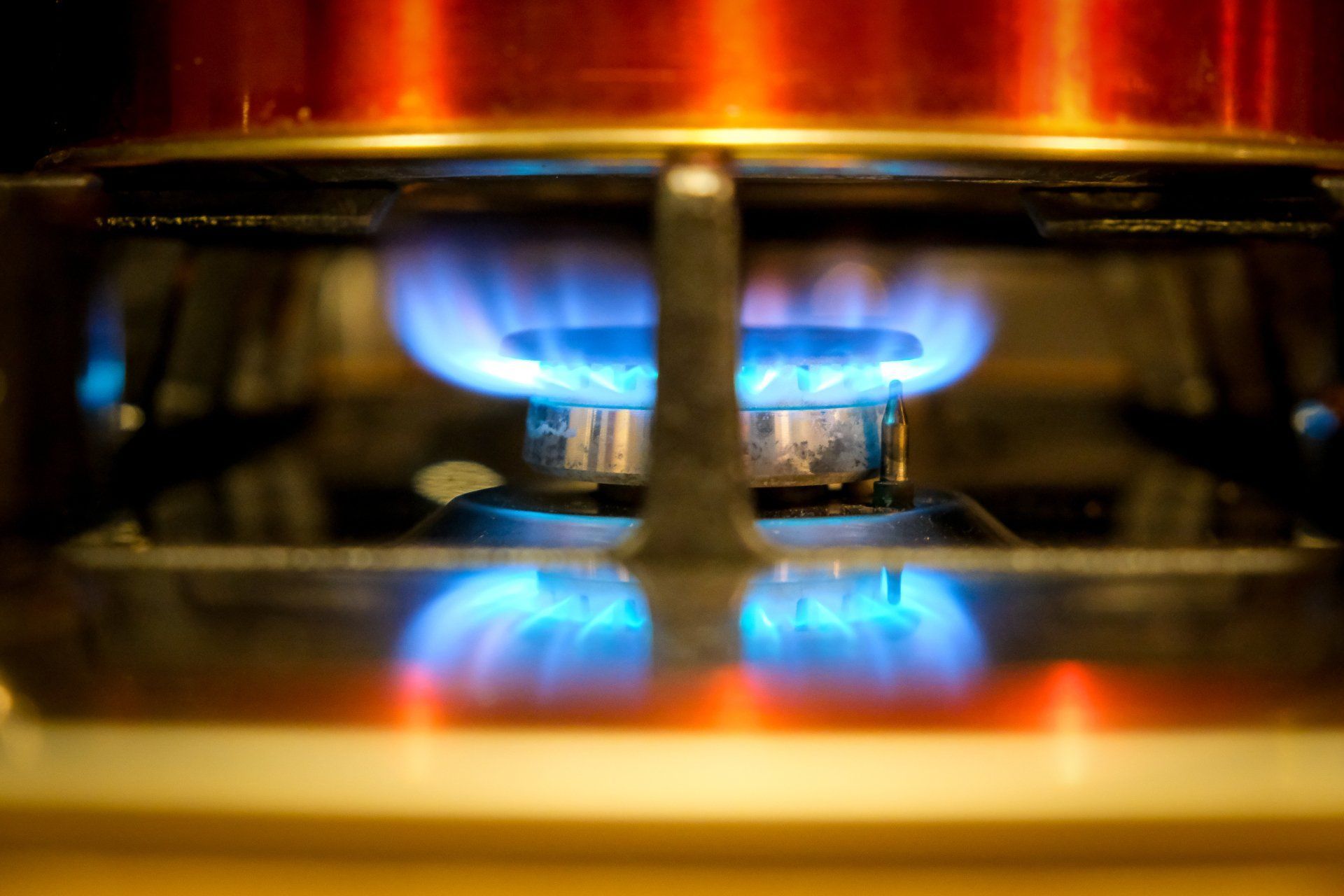When to Call a Plumber for Bathroom Plumbing
The bathroom is one of the most essential rooms in any home, and its plumbing components require regular attention. We will explore various scenarios when calling a plumber for bathroom plumbing is essential. It is crucial to recognise the signs of plumbing issues early to avoid more significant problems and costly repairs. Being informed about when to seek professional help can save homeowners time, money and stress in the long run.
Persistent Clogs
Clogs are common problems in bathroom plumbing and can result from various factors. Identifying signs of a serious blockage early is crucial to preventing extensive damage. Symptoms such as slow drainage, gurgling sounds or frequent blockages are indicators that the issue may be more than a simple clog. Ignoring these signs can lead to more severe plumbing issues, such as pipe damage or leaks. Therefore, spotting these early can prompt timely intervention from a professional plumber.
While some solutions like plungers and drain cleaners can offer temporary relief, they are often insufficient for persistent clogs. Homeowners may manage minor clogs with these tools but might not be able to address the deeper issues causing persistent blockages. Professional plumbers have specialised tools and expertise to diagnose and remedy stubborn clogs effectively. A professional assessment can provide peace of mind, knowing the problem is resolved efficiently.
Common causes of persistent clogs include hair, soap buildup and foreign objects obstructing pipes. Grease and food particles can also contribute to blockages in bathroom drains. Over time, mineral deposits and corrosion may also reduce pipe diameter, exacerbating clogging issues. To prevent future blockages, regular maintenance and mindful use of bathroom fixtures are essential. According to Rapis Plas, on average, Australian households consume about 340 litres of water per person daily, highlighting the need for efficient drainage systems to manage such usage effectively.
Low Water Pressure
Low water pressure in the bathroom can be a frustrating inconvenience and is often a sign of underlying issues in the plumbing system. Various factors can cause low water pressure, including leaks, blocked pipes or faulty fixtures. Calcium buildup from hard water can also obstruct water flow, reducing pressure. Additionally, issues with the main water supply line or municipal water system can impact the pressure in homes. Identifying the specific cause of low water pressure is necessary for effective resolution.
Hiring a professional plumber for diagnosis is crucial in resolving water pressure issues. Plumbers use specialised tools to assess the plumbing system's condition and pinpoint the root cause of the problem. They can provide accurate diagnoses and recommend appropriate solutions to restore adequate water pressure. Besides identification, plumbers also ensure that any repairs or replacements are performed to prevent reoccurrence.
Low water pressure can significantly impact bathroom fixtures such as showers and faucets, affecting their performance and functionality. Insufficient pressure can lead to inefficient use of water, increasing waste and cost. Temporary solutions like cleaning showerheads or aerators might provide short-term relief but do not address the underlying cause. Long-term solutions, such as replacing corroded pipes or installing a pressure booster, may be necessary for substantial improvements. Homeowners should consult with a professional plumber to determine the most suitable course of action for enhancing water pressure sustainably.
Leaky Faucets or Pipes
Leaky faucets or pipes are common issues in bathroom plumbing and should not be overlooked. Identifying the leak source is the first step in addressing the problem effectively. Signs of leaks include water stains on ceilings or walls, mould growth or inexplicably high water bills. Often, the source of the leak may be hidden behind walls or under flooring, requiring professional assistance to locate it. Prompt action can prevent further damage and reduce repair costs associated with water damage.
Delaying repairs for leaky faucets or pipes can lead to significant consequences. Continuous leaks can cause structural damage over time, weakening floors and walls and promoting mould growth. Additionally, leaking faucets waste water, contributing to increased utility bills. Given the average Australian household's water consumption, as mentioned earlier, addressing leaks is vital for both financial and environmental reasons. Prompt repair decreases water waste and mitigates potential health risks associated with mould and mildew.
Professional plumbers employ various techniques to repair leaky faucets and pipes, depending on the underlying issue. Simple fixes may involve replacing worn-out washers or tightening connections, while more complex problems might require pipe replacement or rerouting. When repairing is no longer viable, replacement may be necessary to ensure a long-term solution. Regular maintenance and inspection by a plumber can help prevent future leaks, ensuring the bathroom plumbing system remains in optimal condition.
Running Toilets
Running toilets are a common plumbing issue that can significantly impact water usage in homes. Understanding the internal mechanisms of toilets can help identify the causes of running issues. Common causes include worn-out flappers, faulty fill valves or improperly adjusted float mechanisms. Each of these components plays a crucial role in the toilet's operation and can lead to continuous water flow if malfunctioning. Addressing these issues promptly can prevent unnecessary water waste and reduce utility costs.
Short-term fixes for running toilets may involve adjusting the float mechanism or replacing the flapper, but professional solutions provide a more comprehensive approach to address the issue's root cause. A professional plumber can thoroughly inspect the toilet's internal components and ensure that any repairs are durable and effective. This approach reduces the risk of reoccurrence and supports optimal toilet performance. Investing in professional repairs ultimately offers long-term cost savings by reducing water waste and preventing further complications.
Many misconceptions surround running toilet issues, with some homeowners believing they are merely a nuisance rather than a serious problem. However, the financial and environmental impact of ignoring a running toilet can be significant. A toilet running continuously can waste thousands of litres of water over time, contributing to higher utility bills and increased water usage, as illustrated by the average daily consumption data discussed earlier. Evaluating whether repair or replacement is more cost-effective can prevent further complications. Consulting a professional plumber can guide homeowners in making informed decisions that balance cost, performance and sustainability.
Broken Showerheads or Tub Spouts
Broken showerheads or tub spouts can significantly impact the functionality and enjoyment of bathroom facilities. Recognising the damage symptoms early can help prevent more severe issues from developing. Common signs of damage include leaks, reduced water flow or uneven spray patterns. Mineral deposits from hard water can also compromise showerhead performance over time. Addressing these early signs can maintain the efficiency and longevity of shower fixtures and prevent further inconvenience.
A professional plumber plays an essential role in repairing malfunctioning showerheads or tub spouts. With the right tools and expertise, a plumber can diagnose the issue accurately and perform necessary repairs efficiently. This may involve disassembling the fixture, cleaning components or replacing worn-out parts. Plumbers ensure that repairs are thorough and align with the manufacturer's specifications, restoring proper function and performance. Trusting a professional with these repairs guarantees a long-lasting and reliable solution.
Preventive maintenance practices can help extend the lifespan of shower fixtures and reduce the likelihood of future issues. Regular cleaning and descaling of showerheads can minimise mineral buildup and maintain optimal water flow. Homeowners should also be mindful of over-tightening connections, which can cause wear and increase the likelihood of leaks. When replacement is necessary, considering material choices for new fixtures can enhance durability and functionality. Evaluating costs and considerations in both maintenance and replacements ensures a balanced approach to managing bathroom plumbing needs.
Making timely decisions regarding bathroom plumbing issues can prevent costly repairs and ensure functional and safe bathroom environments. Recognising when to call a
plumber is crucial, and by understanding the situations outlined in this article, you can maintain a problem-free bathroom. Regular maintenance and proactive measures will extend the life of your bathroom fixtures and contribute to an efficient and enjoyable space. By staying informed and taking action at the right time, homeowners can protect their investment and promote a healthy living environment. Get in touch with Nudges Plumbing today.
Site Links
Locations We Service
Plumbing Services
Contacts
T. 02 6885 6657
ABN: 17 135 690 685
NSW Fair Trading 223047C
Trading Hours
- Monday
- -
- Tuesday
- -
- Wednesday
- -
- Thursday
- -
- Friday
- -
- Saturday
- Closed
- Sunday
- Closed

